Ford GT40
There is a lot to say about the Ford GT40. However, other magazines have already done this frequently. Especially when the film “Ford v. Ferrari” was released two years ago and prepared the back story for moviegoers, the mid-engined race car was on everyone’s lips. To sum it up in a few sentences: Henry Ford II wanted to give his company a younger, cooler image. After all, more and more young people were growing up whose families had earned good money as a result of the economic boom after World War 2 and who were now looking for exciting cars. This led, among other things, to the presentation of the Mustang in 1963. At the same time, the sports car brand Ferrari was facing insolvency in Italy. Although the Scuderia won race after race, the annual new developments were too cost-intensive. At the last minute, however, company boss Enzo Ferrari rejected a takeover by the Ford Group.
From the Lola Mk6 GT to the Ford GT40
Whether it really came to clear insults of Enzo Ferrari about Henry Ford II, as shown in “Ford v Ferrari”, can no longer be clarified with certainty. The fact is, however, that in Detroit it was decided immediately after the failed negotiations in Italy to beat Ferrari on the racetrack. For this purpose, two Mk6 GTs were purchased from the English race car designer Lola under the direction of Eric Broadley for testing purposes. Ford Advanced Vehicles Ltd. was founded in Slough, UK, with former Aston Martin team manager John Wyer as its head. In the following months, the company implemented the findings from the test drives with the Lolas and developed its own mid-engined sports car. This was given the name GT40 for the GT racing class (for which the car was never homologated) and a height of just 40 inches (about 1.02 meters). It made its debut on March 16, 1964.




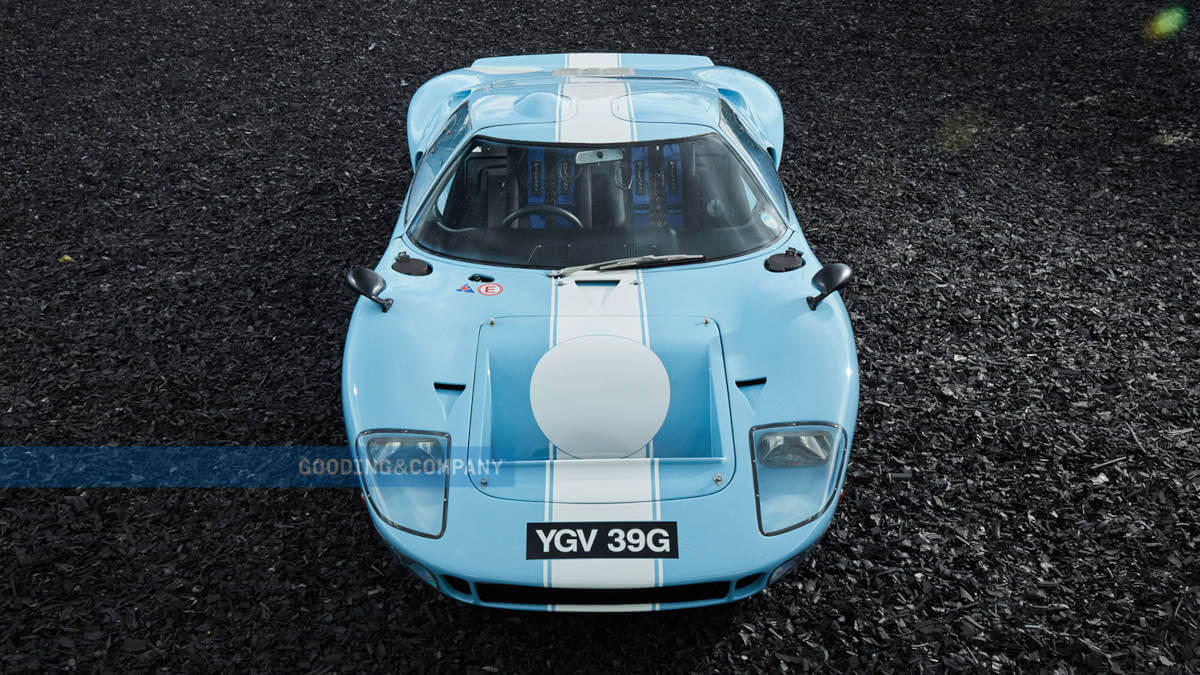







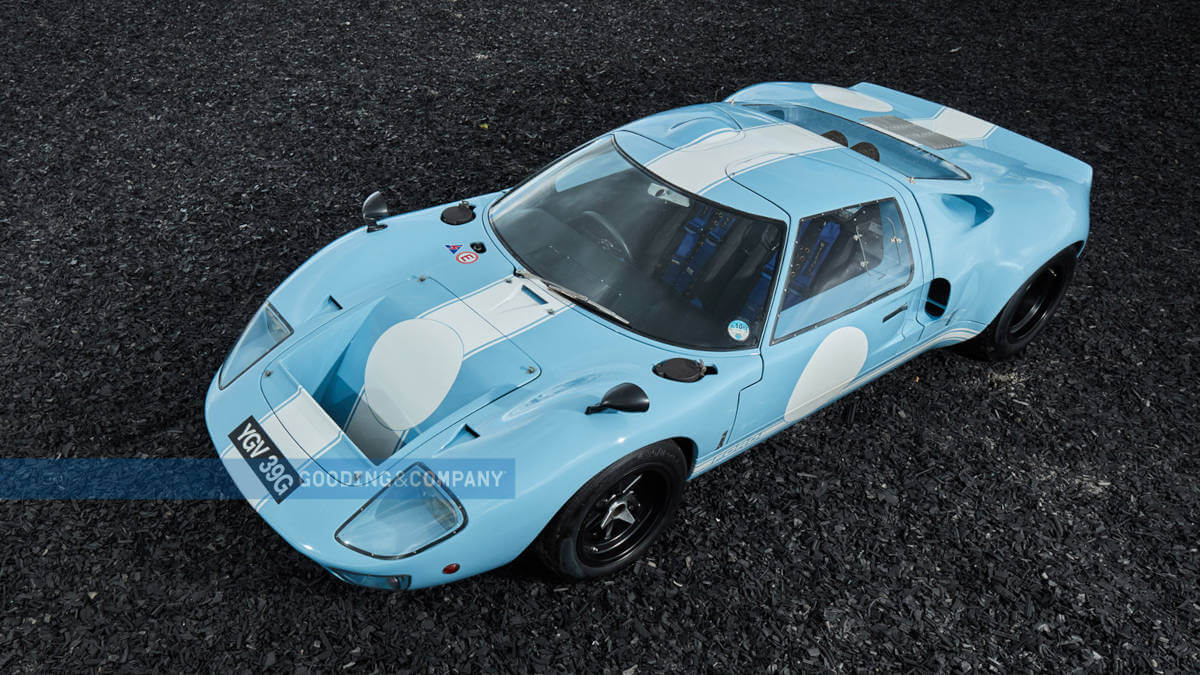



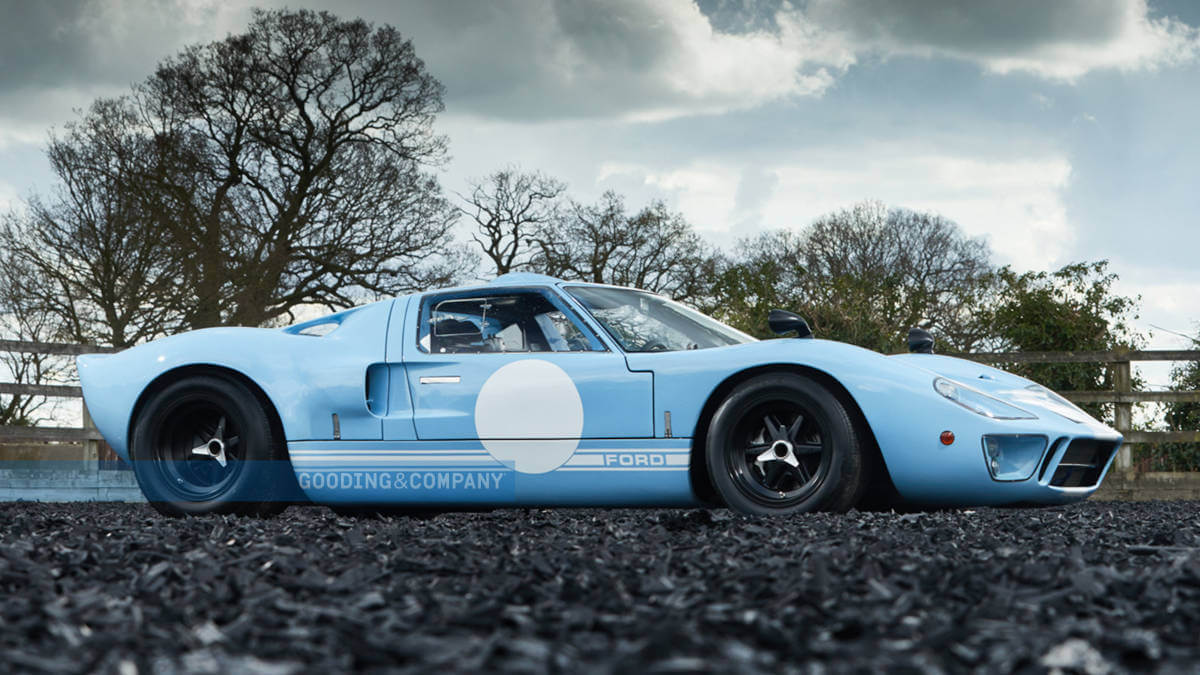



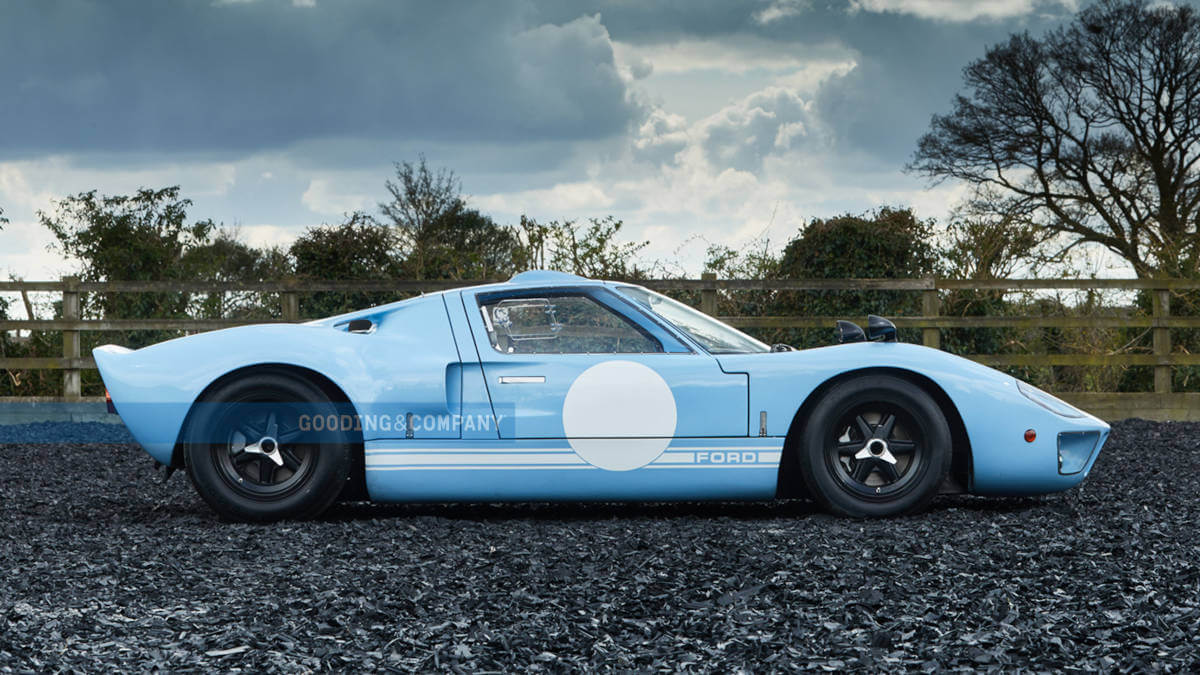



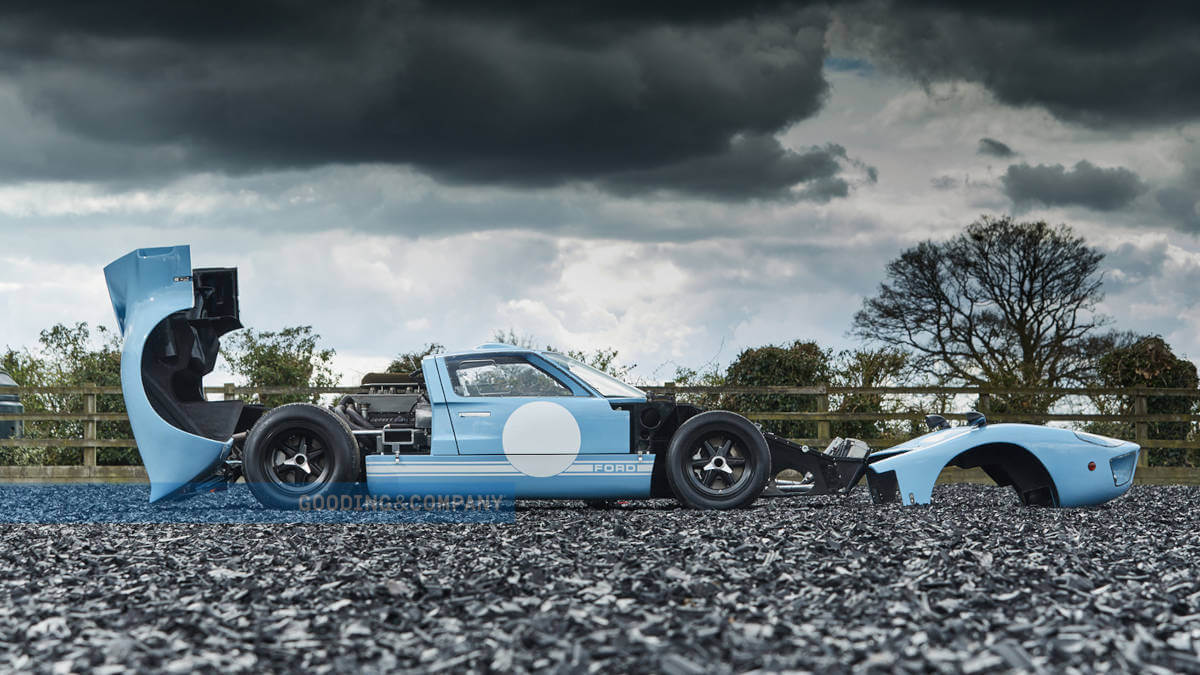



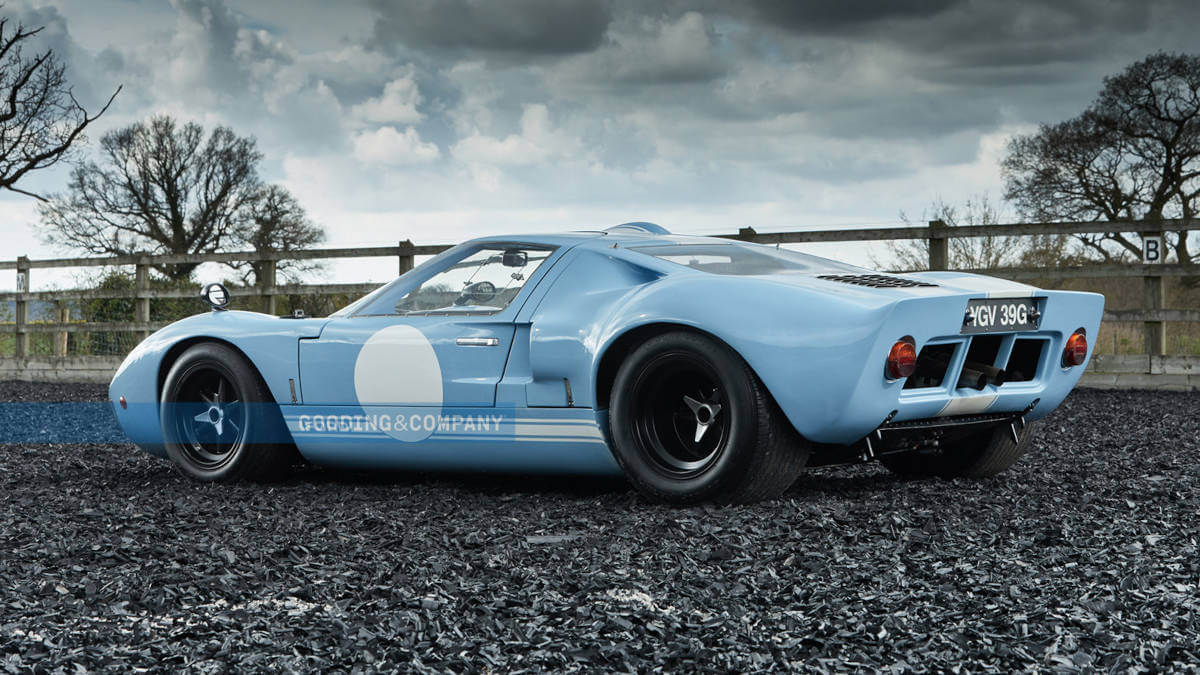



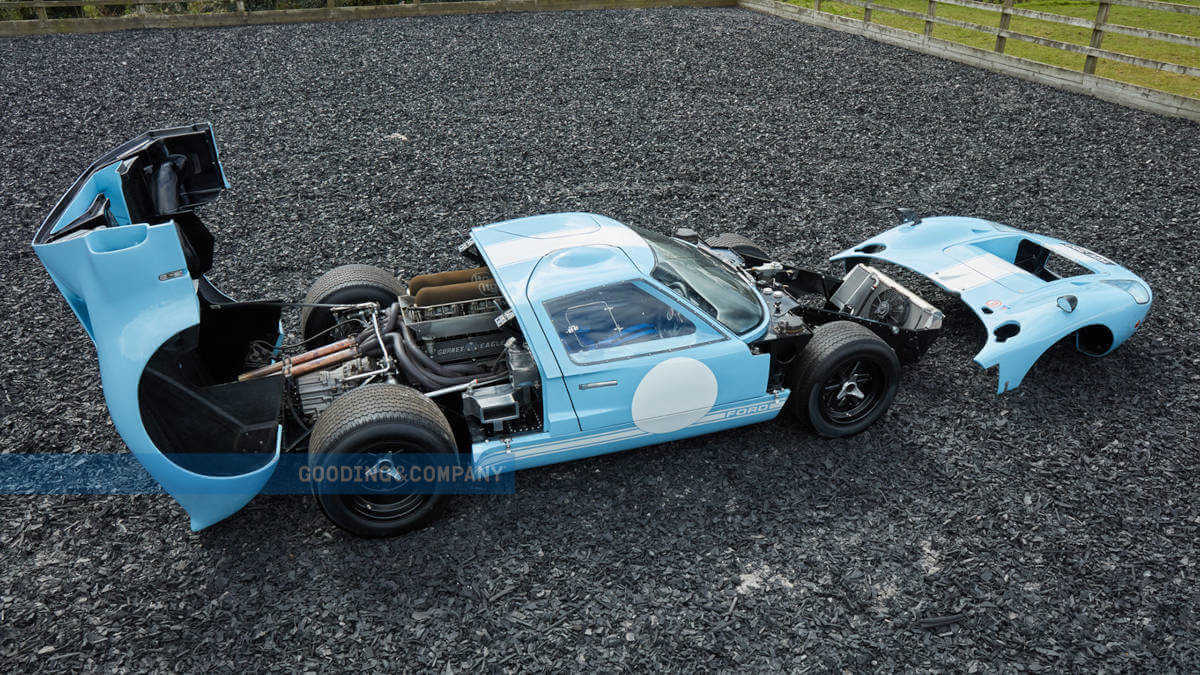



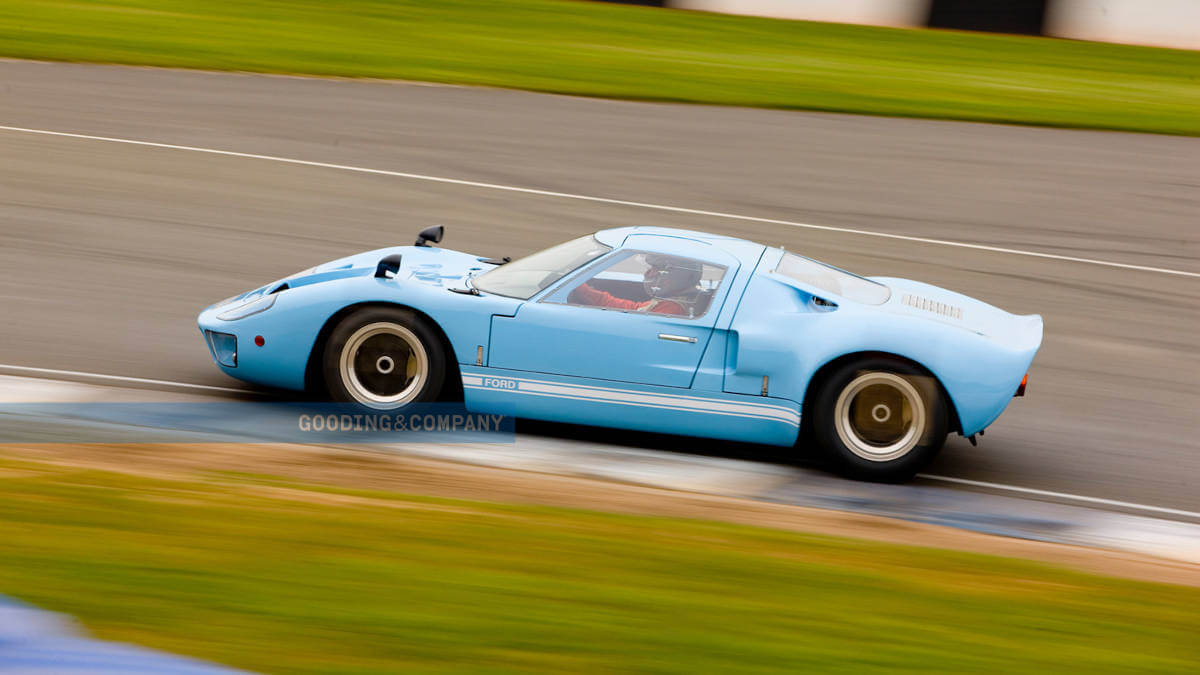



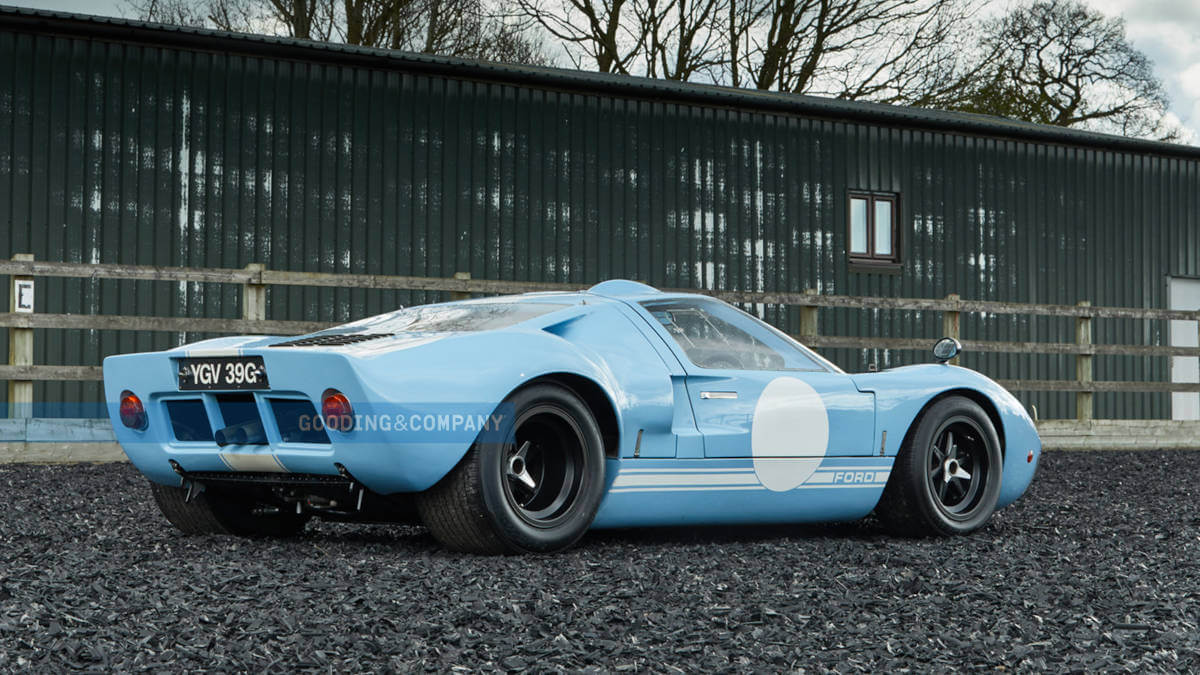



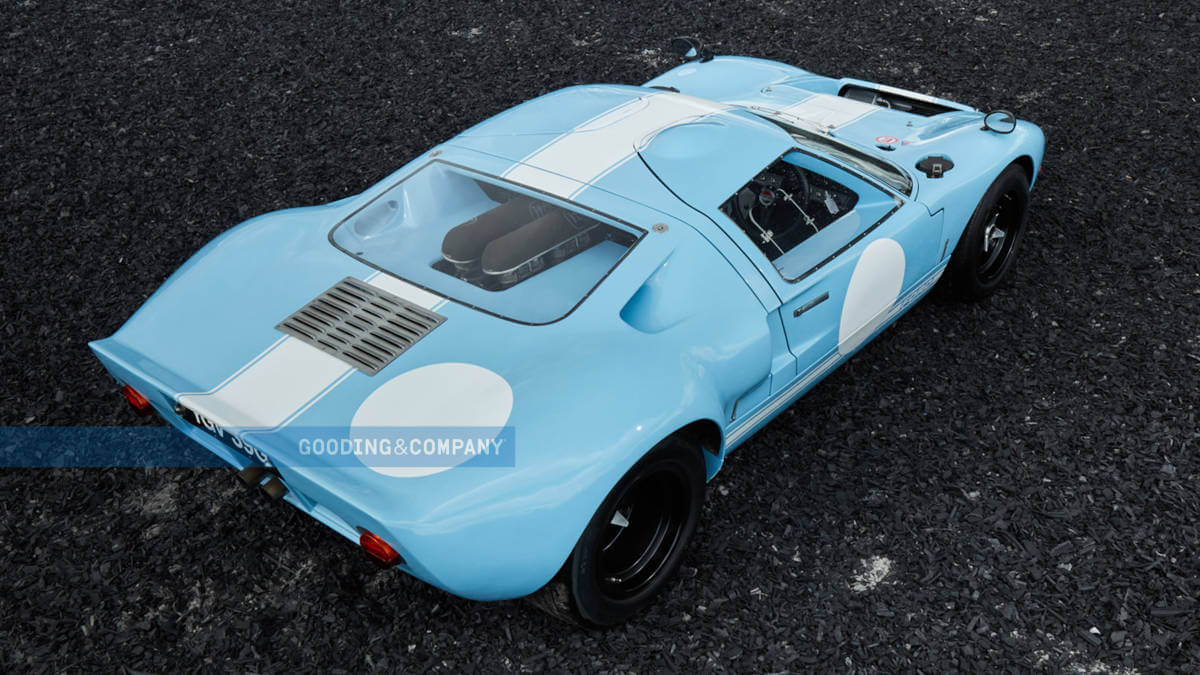







Successful only under Carroll Shelby
Just two months later, the Ford GT40 also made its racing debut at the 1000-kilometer race at the Nürburgring. The factory team failed to finish there, as they did three weeks later at Le Mans. At the end of the unsuccessful season, Ford handed over the racing program to Carroll Shelby, who successfully used Ford engines in his Cobras and Daytona Coupés. In fact, the modifications Shelby made to the GT40 resulted in an overall win at the first race in 1964, the Daytona 2000. This was followed by a second-place finish at the 12 Hours of Sebring. There were no further successes with the Mk I and its 4.7-liter V8. For 1966, therefore, the Mk II was created with a 7-liter powerplant. With it, the Shelby team and other racing teams dominated the season. However, an extreme setback for the further development of the car and especially for Carroll Shelby’s squad was the death of Ken Miles at the wheel of the so-called J-Car during testing in Riverside.
Four Le Mans victories in a row
The J-Car became the GT40 Mk IV for 1967 with a new chassis and completely modified bodywork. Actually, all that remained of the basic model was the door construction that extended far into the roof. Behind the driver, who was positioned on the right for weight reasons, the V8 engine of the Mk II was at work. Due to the high speeds achieved with the Mk IV, the race organizers changed the regulations for the prototype class for 1968. Unless at least 50 examples of a car had been built, the maximum displacement was three liters. Sports cars with a corresponding number of units could continue to compete with a maximum displacement of five liters. Ford thus reverted to the Mk I and gave it a V8 engine enlarged to 4.9 liters. This resulted in overall victories at the 24-hour race in Le Mans in both 1968 and 1969. The GT40 thus achieved four LM victories in a row.
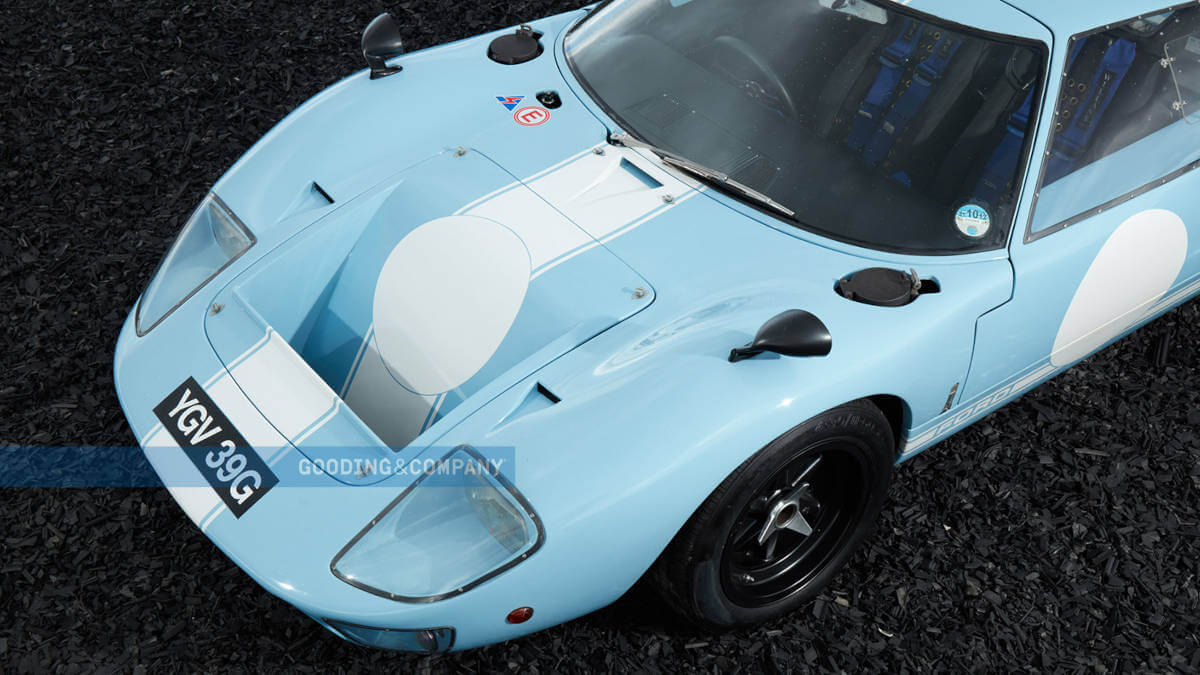



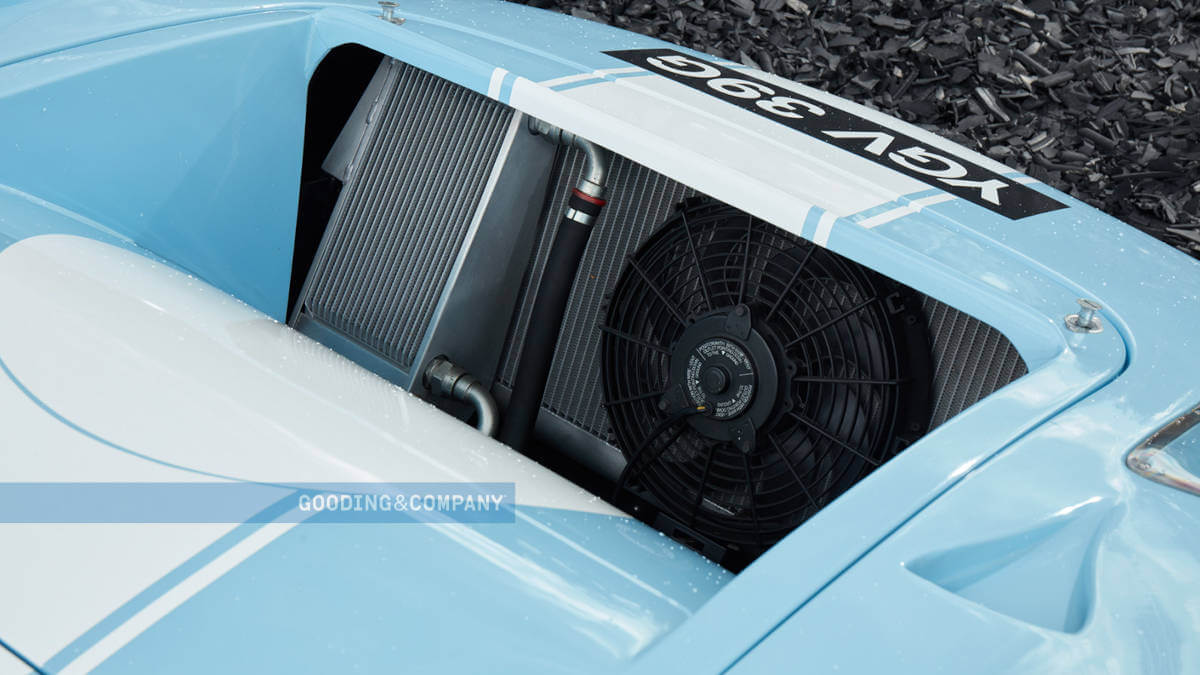



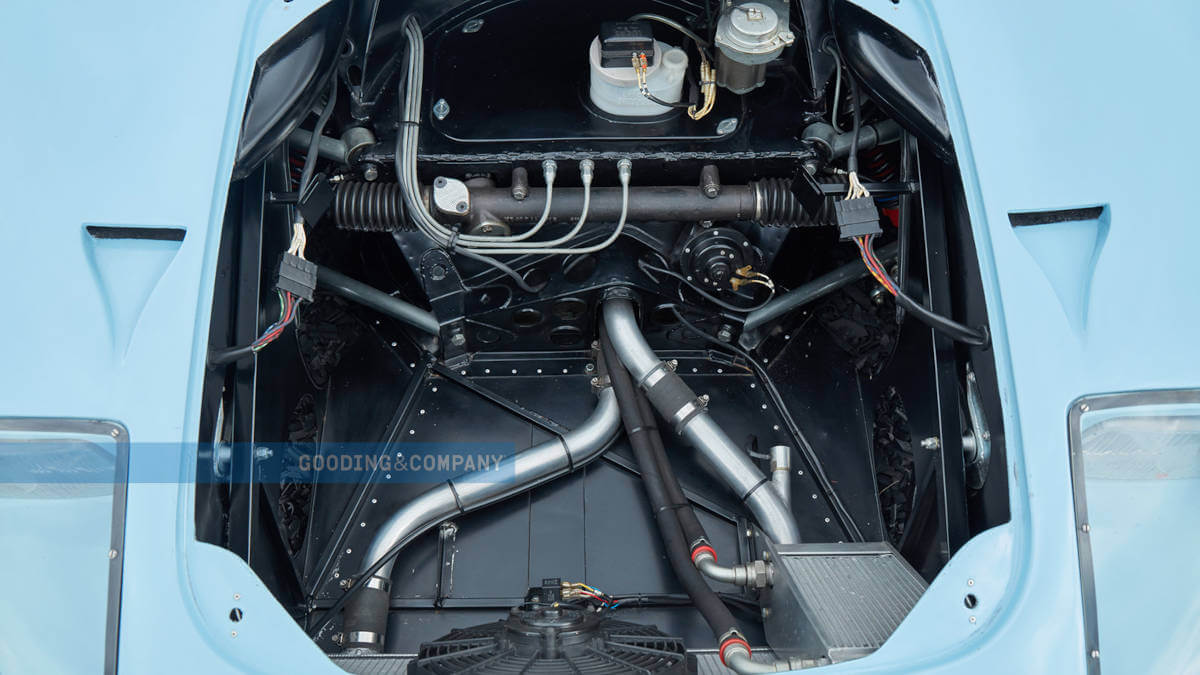











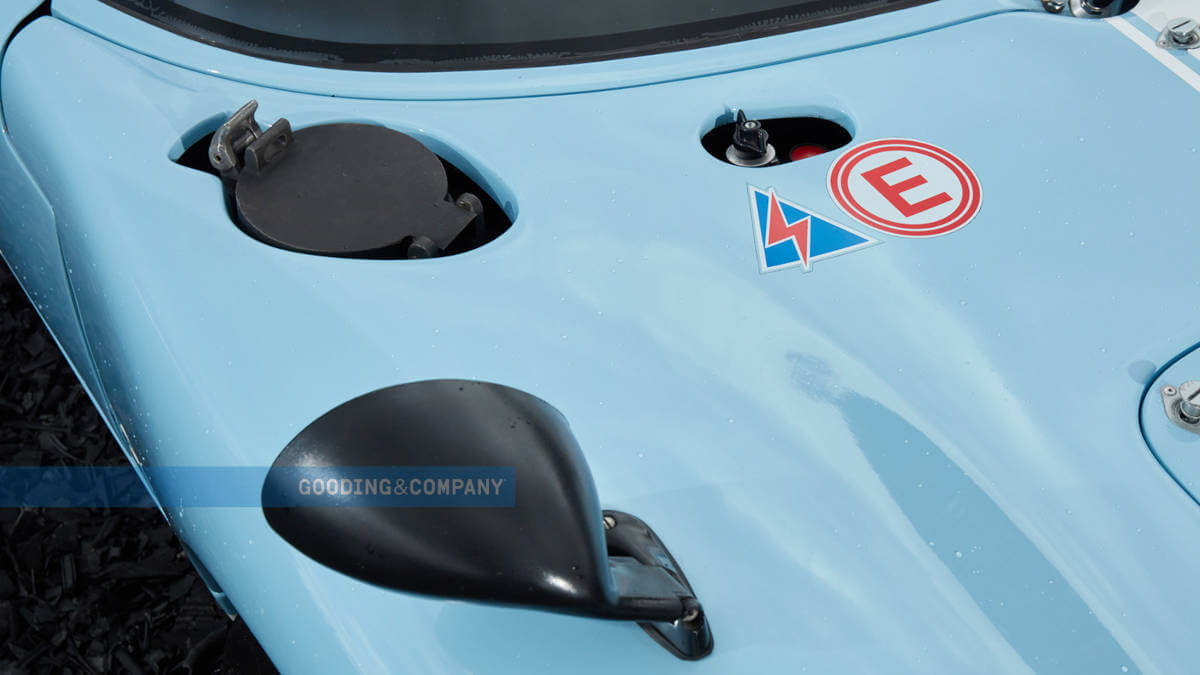



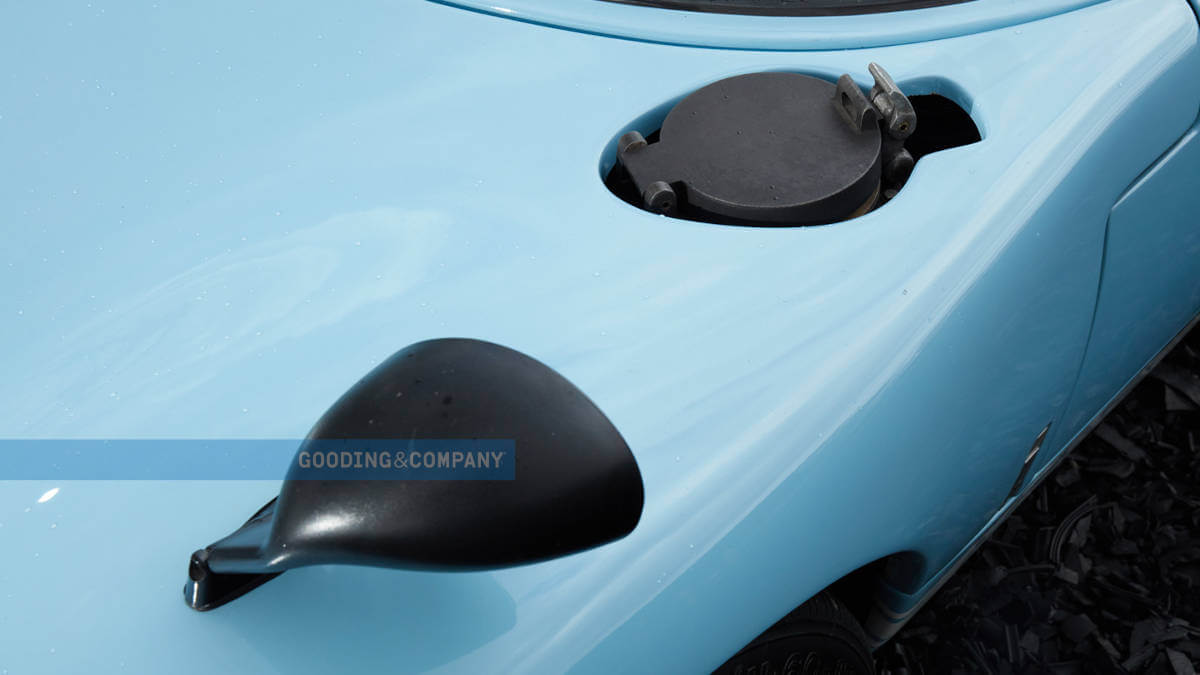



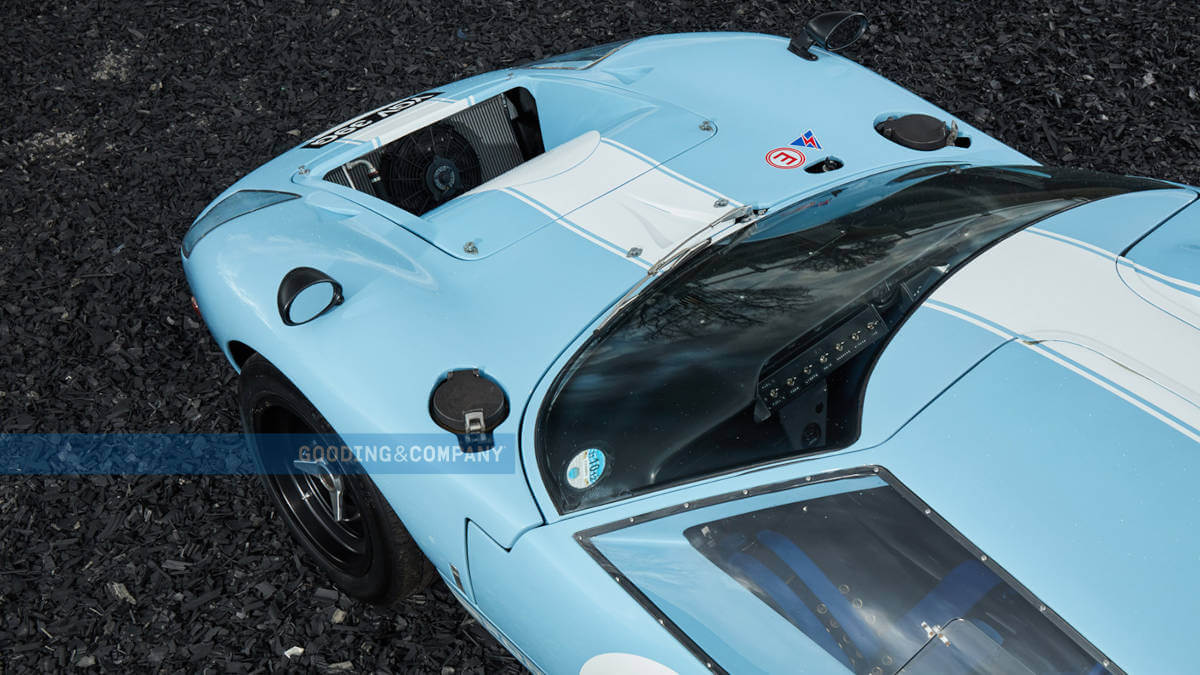







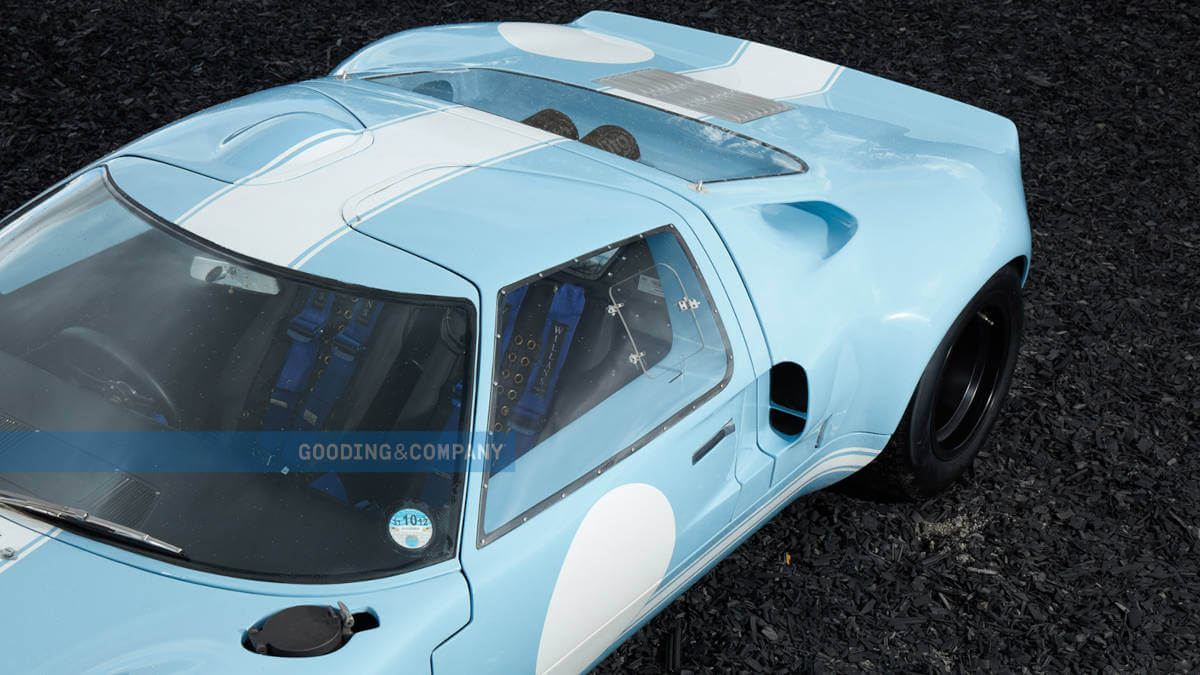











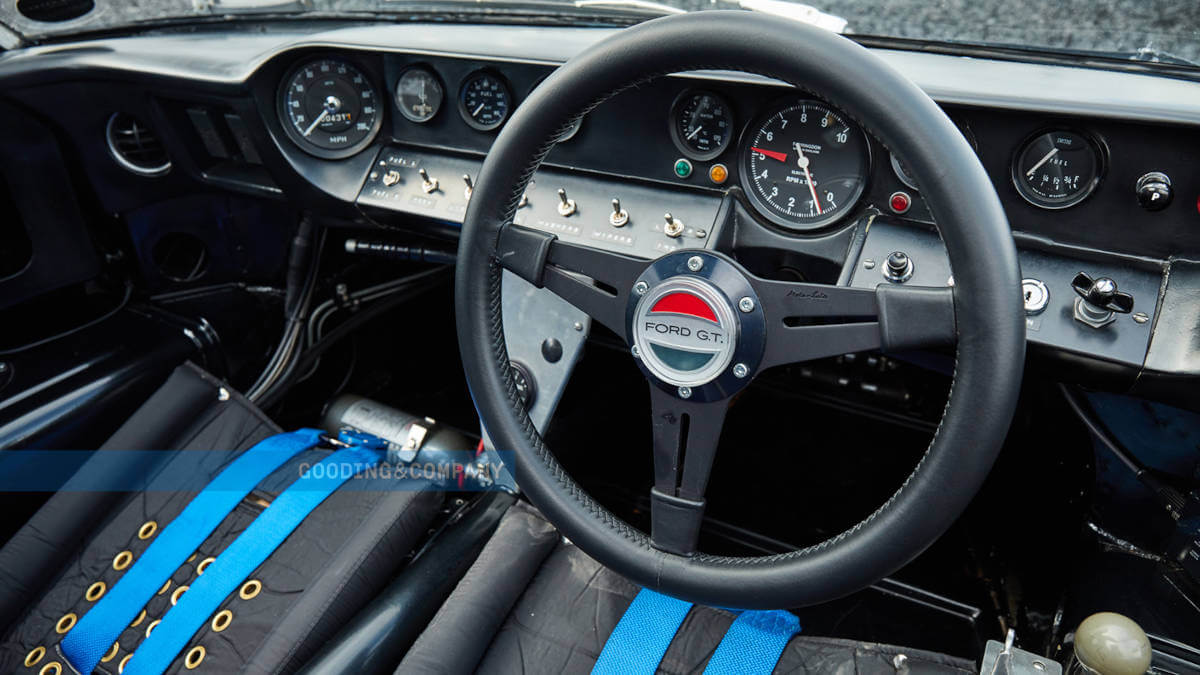



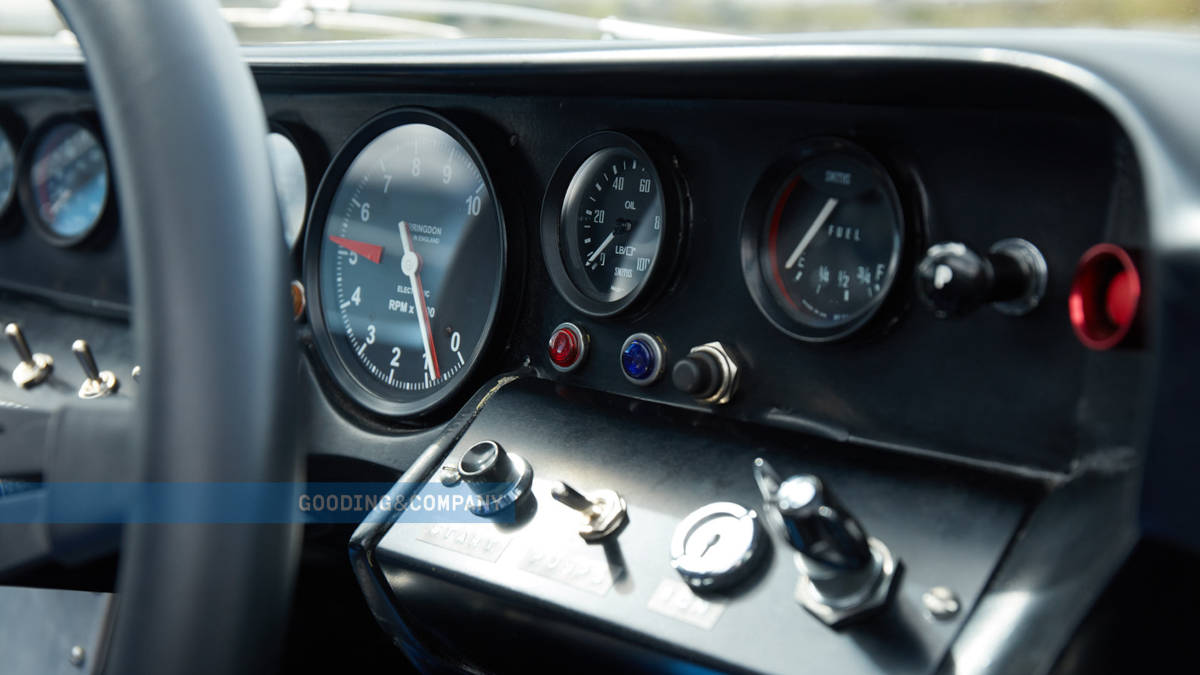



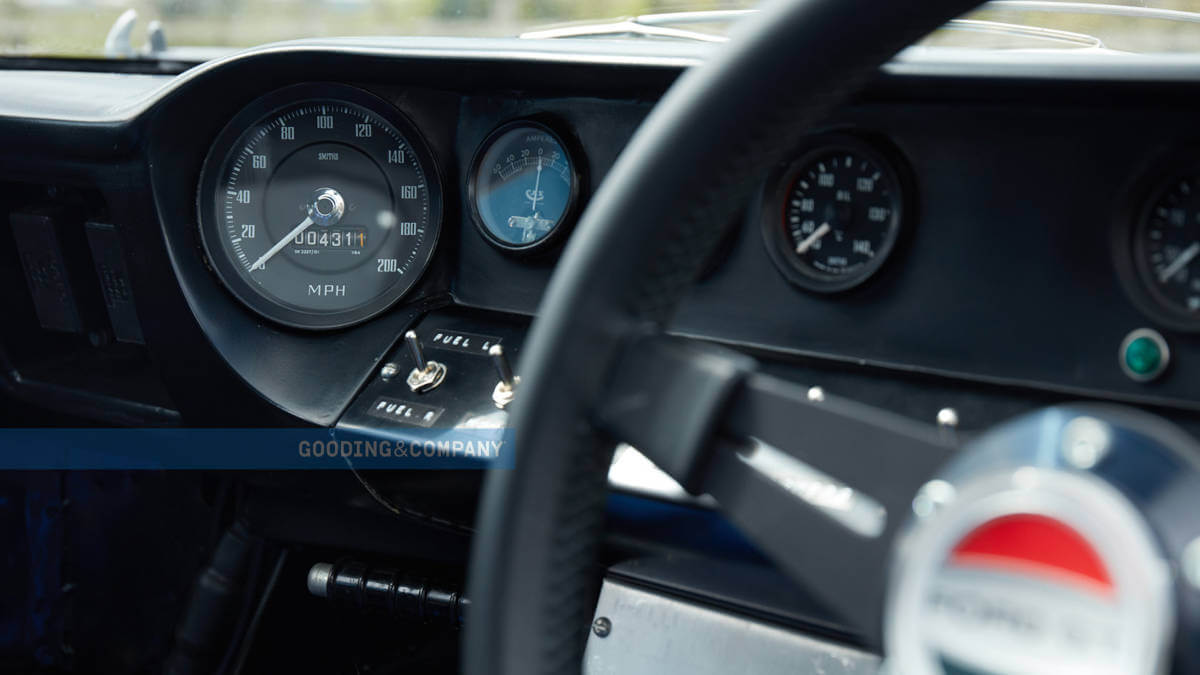



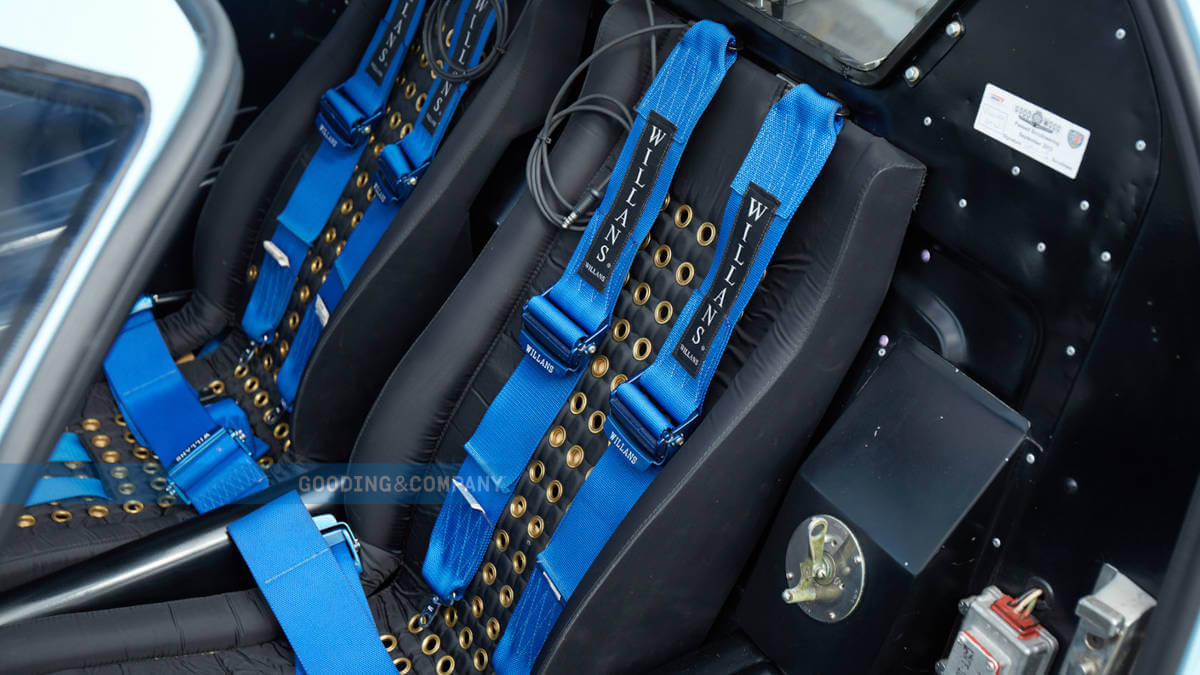



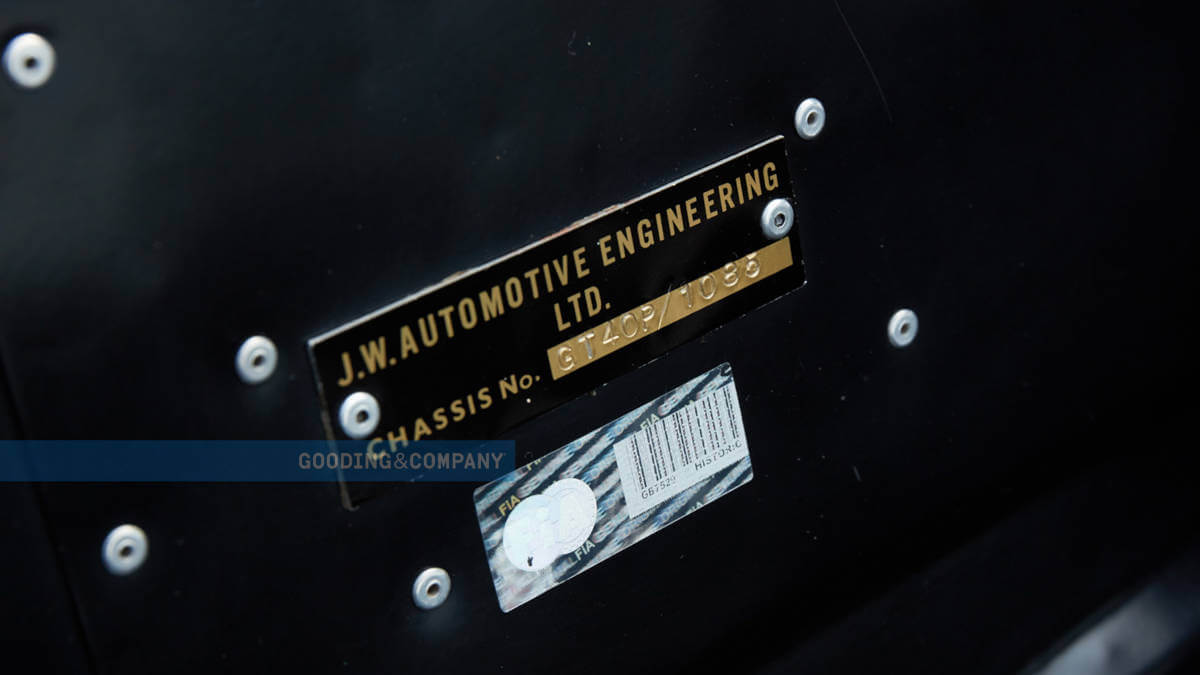



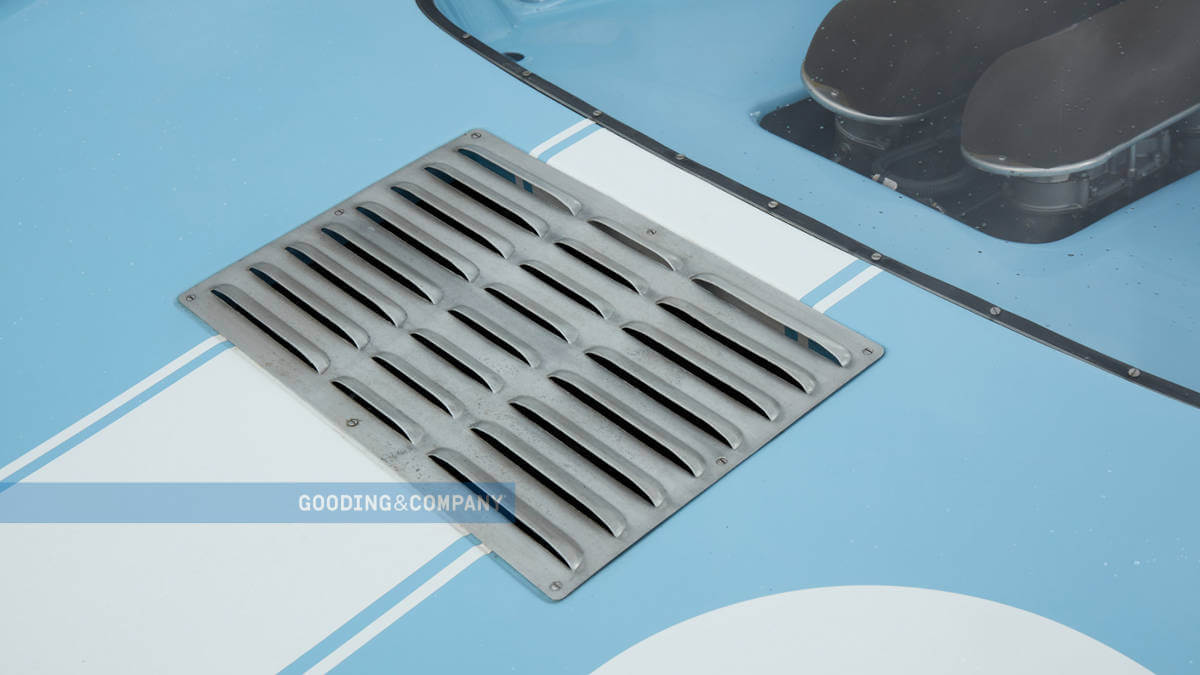







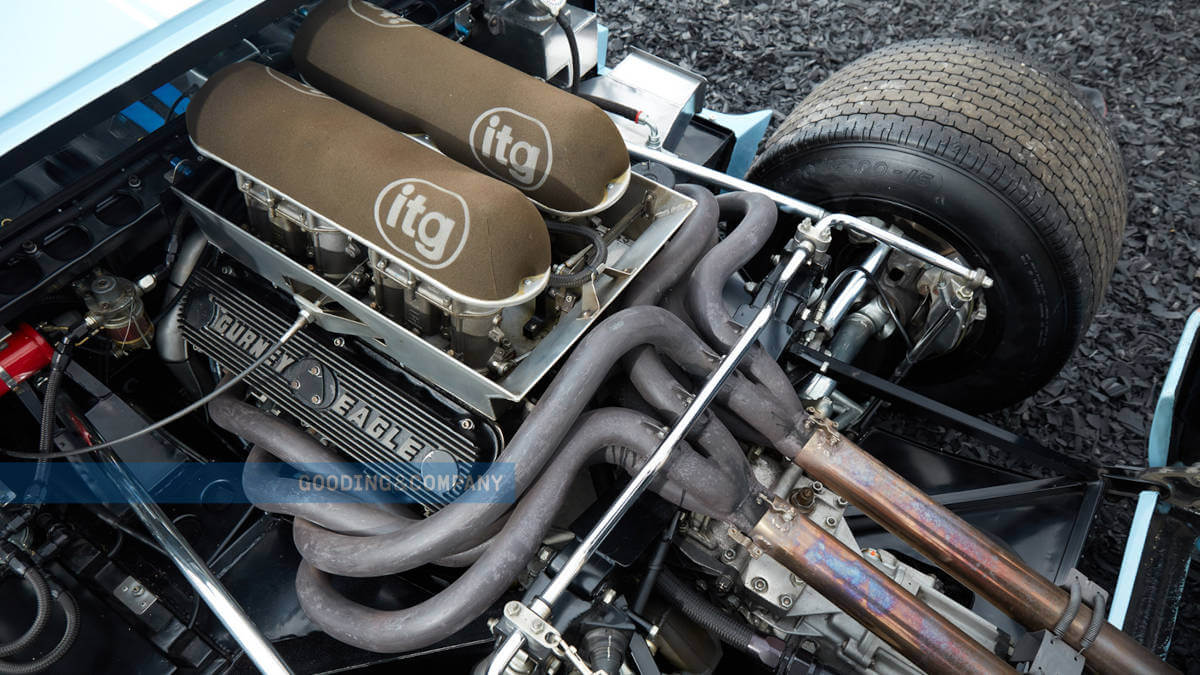







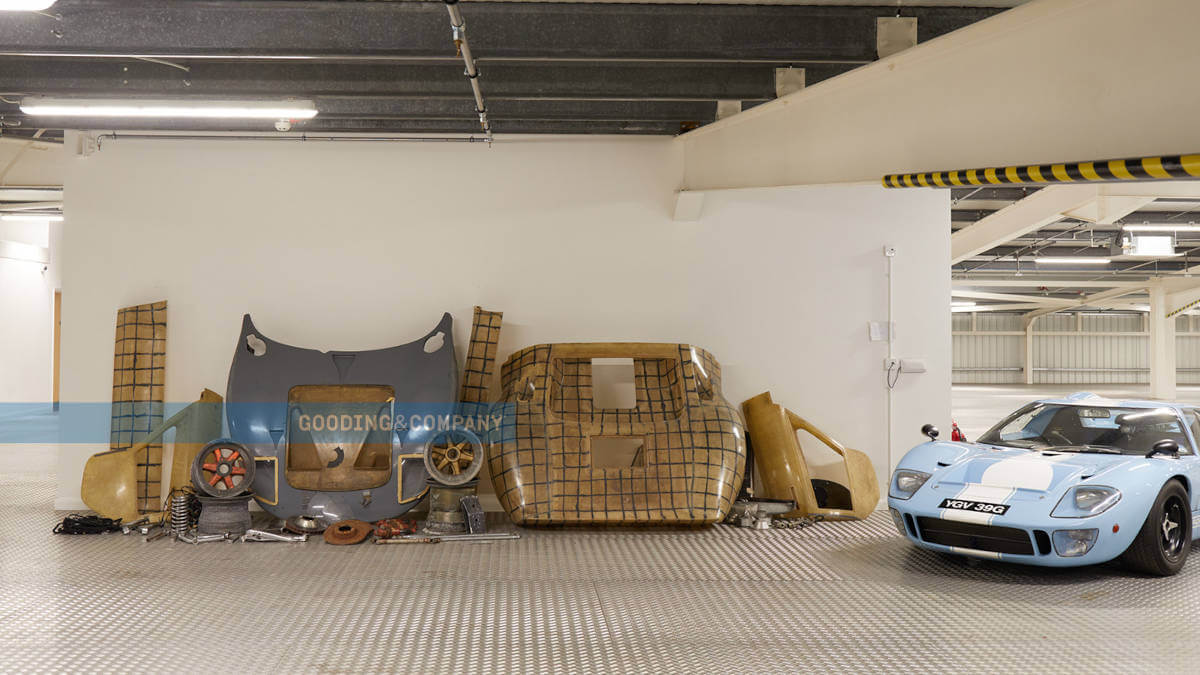



38 road versions of the GT40 were built
In addition to the pure racing cars, Ford also sold some GT40s as road-going sports cars. For example, there were seven examples of the Mk III exclusively for the road. This variant differed from the Mk I and Mk II by a modified front end with higher-mounted headlights and a longer rear end. There were also road versions of the Mk I. 31 examples with spoked wheels and carpet as well as map pockets in the interior went to selected customers. Some race cars were later also converted for road registration. In total, Ford built 124 GT40s, with this number including 12 prototypes and ten examples of the Mk IV. Originally, 20 GT40 Mk IIIs were to be produced at the chassis manufacturer Abbey Panels in Coventry. However, the high development costs of the road version ensured such a high selling price that the project was quickly terminated even before all 20 cars were completed.
P/1085 was planned as a Mk III, but became a Mk I
The last built chassis with the highest chassis number P/1085 remained in storage at Ford Advanced Vehicles. It wasn’t until 1969 that it became a rolling chassis, when Malcolm Guthrie and his team bought it for his customer Gil Jackson of New York. Together with P/1009 the car crossed the Atlantic and belonged to Mr. Jackson for the follwoing 37 years. He disassembled P/1085 and kept collecting parts to make it a real racing car. However, this never happened. In 1990, the two GT40s of Mr. Jackson first appeared in photos taken by Ronnie Span. 16 years later, Gil Jackson sold both cars to a friend, who set about rebuilding P/1085 the following year. While this work was still in progress, Jonathan Turner bought the car with all parts and brought it back to the UK. There it was completed as a Mk I by 2009. Since then, the GT40 participated in various events. In March 2011, another sale took place.
Auction online at Gooding & Company
Gooding & Company is offering the sports car tonight in its ‘Geared Online – June’ online auction. Included with the car is a comprehensive parts package including original body panels and magnesium rims. With its light blue paint, white stripes and especially the fact that it is the last original GT40 built, it should certainly find a new owner. However, this owner will have to part with a seven-figure sum. The auction house expects a hammer price in the range between 1.8 and 2.2 million US dollars.
Images: Gooding & Company




